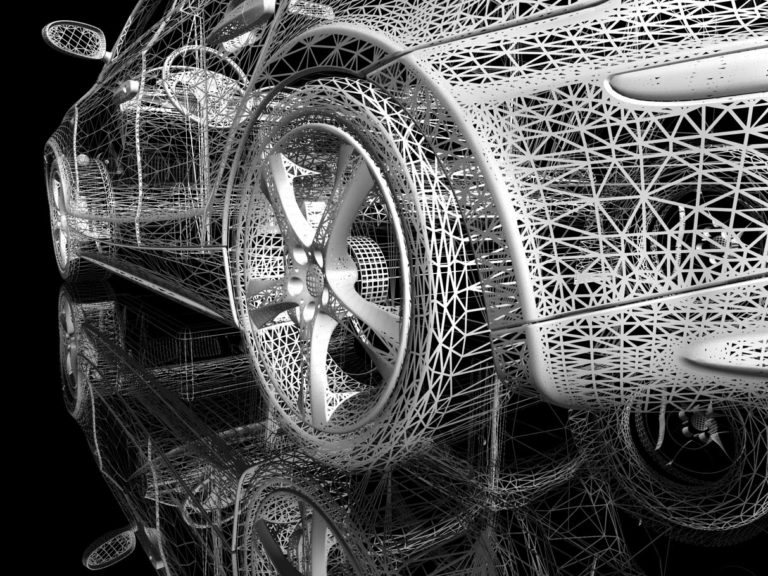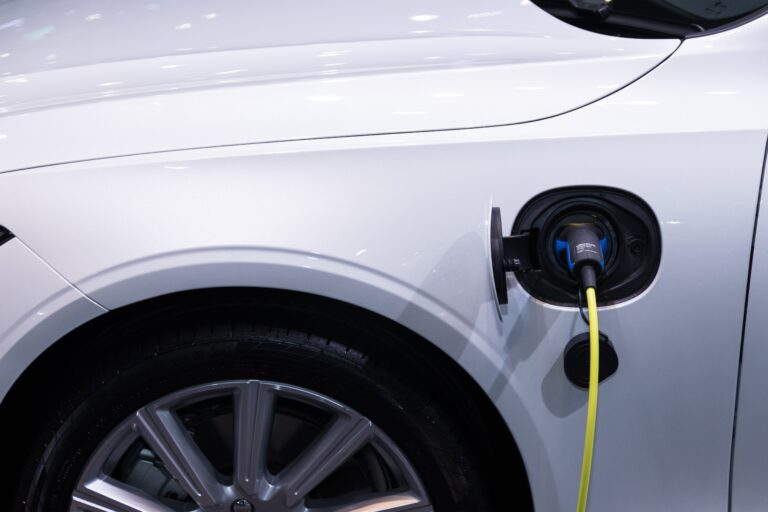Top Funding for Autonomous Vehicle (AV) Innovators
Canadian businesses in the AV sector have a wide variety of programs available to improve technologies, perform R&D, and much more.

Canadian businesses in the AV sector have a wide variety of programs available to improve technologies, perform R&D, and much more.

The Green Freight Program Stream 1 provides grants up to $250,000 per applicant towards third-party fleet energy assessments and truck/trailer equipment retrofits.

The Canada and Ontario Auto Pact represents a commitment from the Canadian and Ontario governments to solidify the fast-evolving EV automotive landscape and aim to foster economic growth through sustainable initiatives.

Eligible Ontario-based automotive businesses can apply for the Intellectual Property Ontario (IPON) program until December 23, 2022, to receive up to $25,000 in funding for intellectual property (IP) services.

Automotive manufacturing will change drastically over the next 20 years. Explore the automotive technology and materials used for next-gen vehicles.

Learn how to leverage government funding for research collaboration projects in the Autonomous Transportation industry.

The Zero-Emission Vehicle Awareness Initiative (ZEVAI) program has announced its latest intake period, closing on August 16, 2021. Up to $300K in grant funding.

The Automotive Parts Manufacturers’ Association (APMA) and KPMG Canada have created the 2021 Automotive Cyber Preparedness Report.

Led by the APMA, Project Arrow pursues construction of a zero-emissions vehicle to highlight Canada’s innovation in the automotive sector.

The Incentives for Zero-Emissions Vehicle (iZEV) program provides reimbursements up to $5,000 on the purchase/lease of a new battery-electric vehicle or battery-gasoline hybrid.